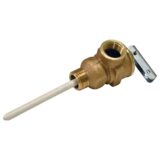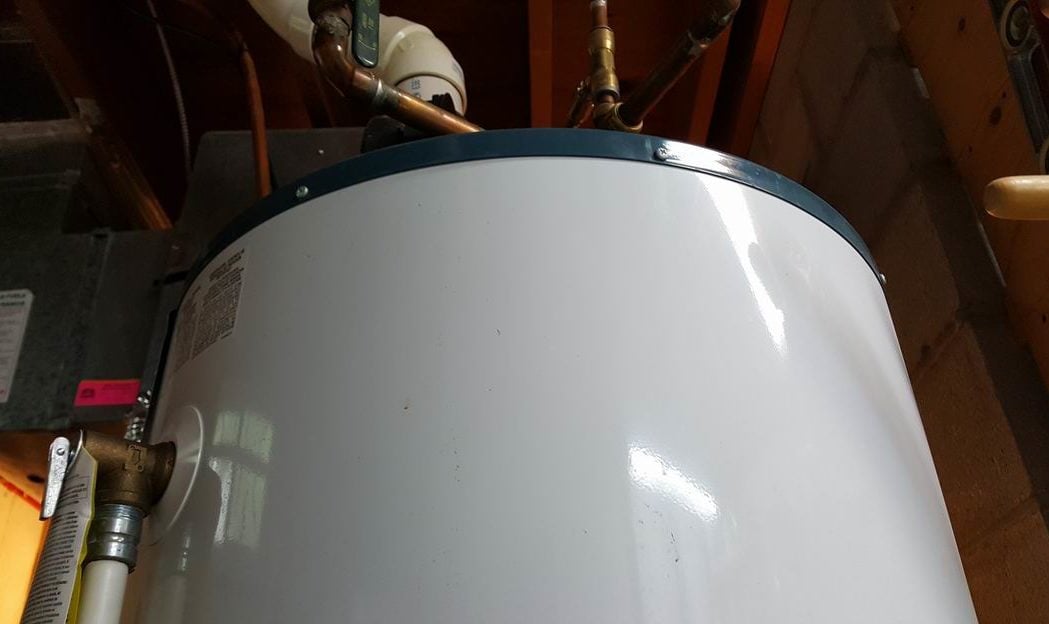 Maintaining your hot water tank sounds as exciting as a bowl of oatmeal, but if you don’t do it, it’s going to cost you aggravation and money.
Maintaining your hot water tank sounds as exciting as a bowl of oatmeal, but if you don’t do it, it’s going to cost you aggravation and money.
An annual gunk flush — yes, really! — and a quick check of the pressure relief valve is all the maintenance a tank usually needs. Both tasks are dead simple when you know how.
The big flush
All water contains minerals, and temperature fluctuations in your hot water tank cause those minerals to settle at the bottom in surprisingly large volumes — five pounds a year or more in hard water areas.
Let too much gunk accumulate, and your tank has to work harder to heat the water. Result? Higher energy costs. Too much gunk can even burn out the lower heating element.
Removing that gunk is a DIY project that usually requires just a garden hose, basic knowledge of your water system and a family that can exist without hot water for a couple of hours.
To do a more thorough job, you’ll also need some vinegar and a bit more DIY know-how.
Here’s how to clean your hot water tank.
Pressure relief
The pressure relief valve protects your hot water tank from excess pressure and temperature by releasing water when pre-set levels are reached. Mineral build-up can stop the valve from operating properly, so it should be tested once a year and replaced immediately if defective. A new valve is under $40 at big box stores.
and temperature by releasing water when pre-set levels are reached. Mineral build-up can stop the valve from operating properly, so it should be tested once a year and replaced immediately if defective. A new valve is under $40 at big box stores.
The valve is on top of the tank or the side. Before testing it, ensure there is a properly-installed discharge tube to carry off the hot water safely. Then just gently raise and lower the valve lever a few times.
If water rushes through the discharge tube and there’s no leak at the valve when you lower the lever, all is good.
If there is no discharge after repeatedly raising and lowering the lever, you’ll need to replace the valve.
If water continues to discharge or you see a leak, there may be a bit of debris lodged in the valve, so try raising and lowering the lever a few more times to free it up. If it continues to discharge or leak, it’s time to replace the valve.
Replacement may need the skills of a plumber. To decide if you want to do it yourself, watch this video:
Got a maintenance task you’re not sure how to do?
Drop us a line at info@allthingshome.ca or message us through Facebook.







